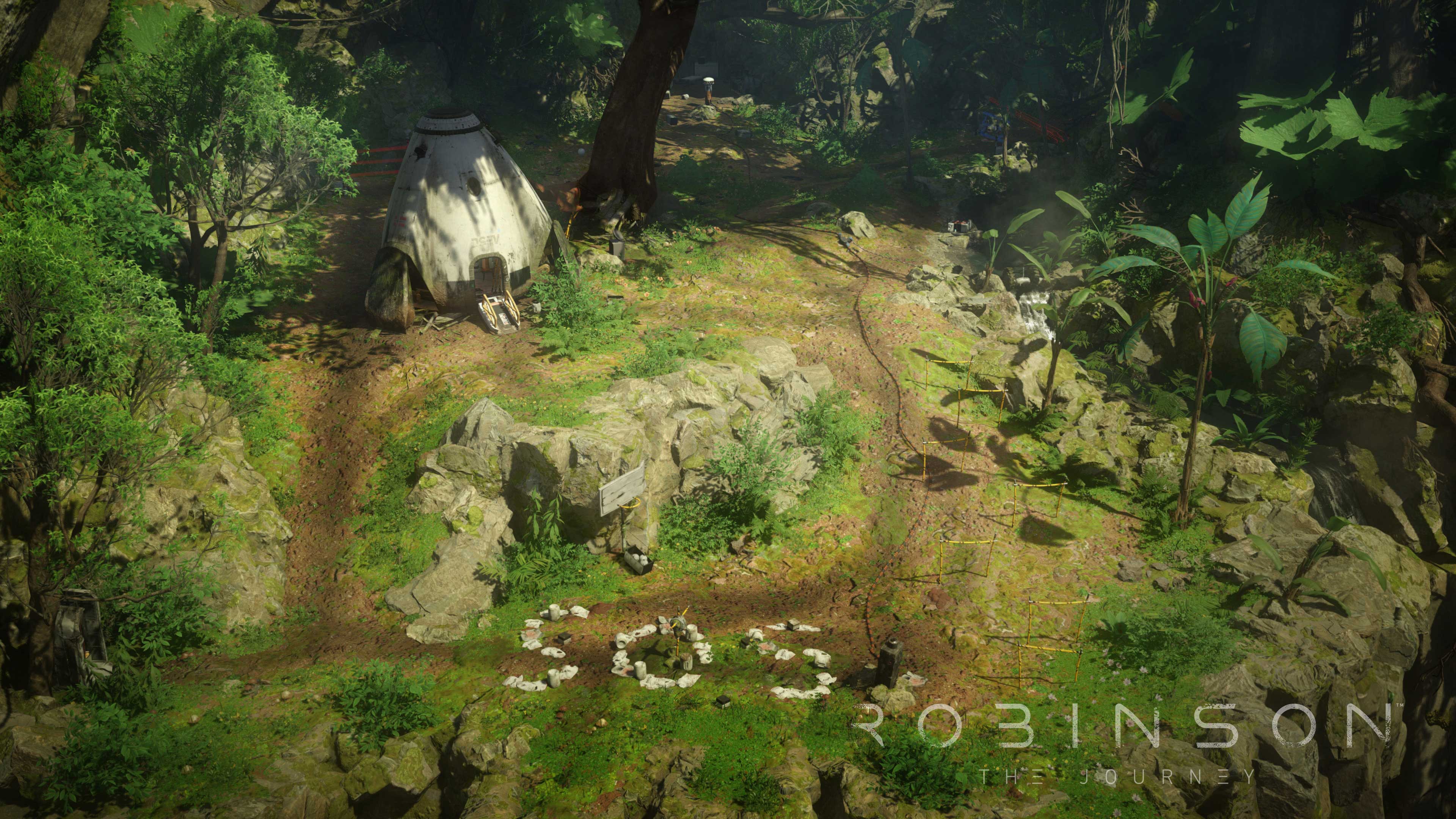
September 23, 2016
by Elijah Freeman, Executive Producer
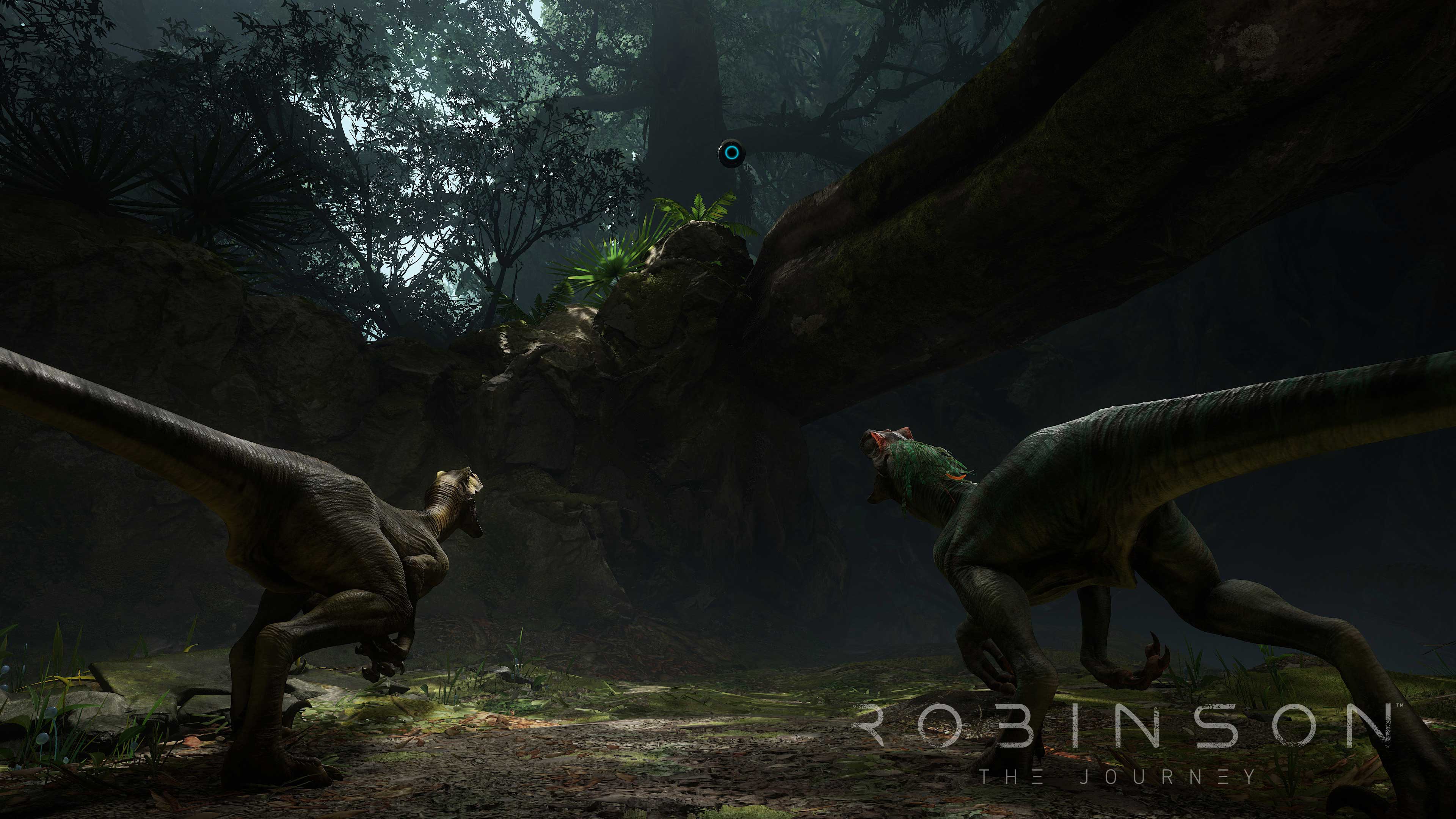
To understand the idea behind Robinson, you have to go all the way back to the beginning of Crytek, when a demo called X-Isle: Dinosaur Island was created. That first demo put us on the industry's radar, and now, seventeen years later, the seeds of that idea have grown alongside the company. When we started creating VR, we looked back to those beginnings, where we found some of the inspiration for our upcoming game Robinson: The Journey.
In those early stages we were exploring the medium. Instinctually we considered a shooter because that's part of company DNA, but the origins of Crytek are very much connected to dinosaurs as well. So when we began to formulate ideas for what would eventually become Robinson, dinosaurs seemed like a perfect fit.
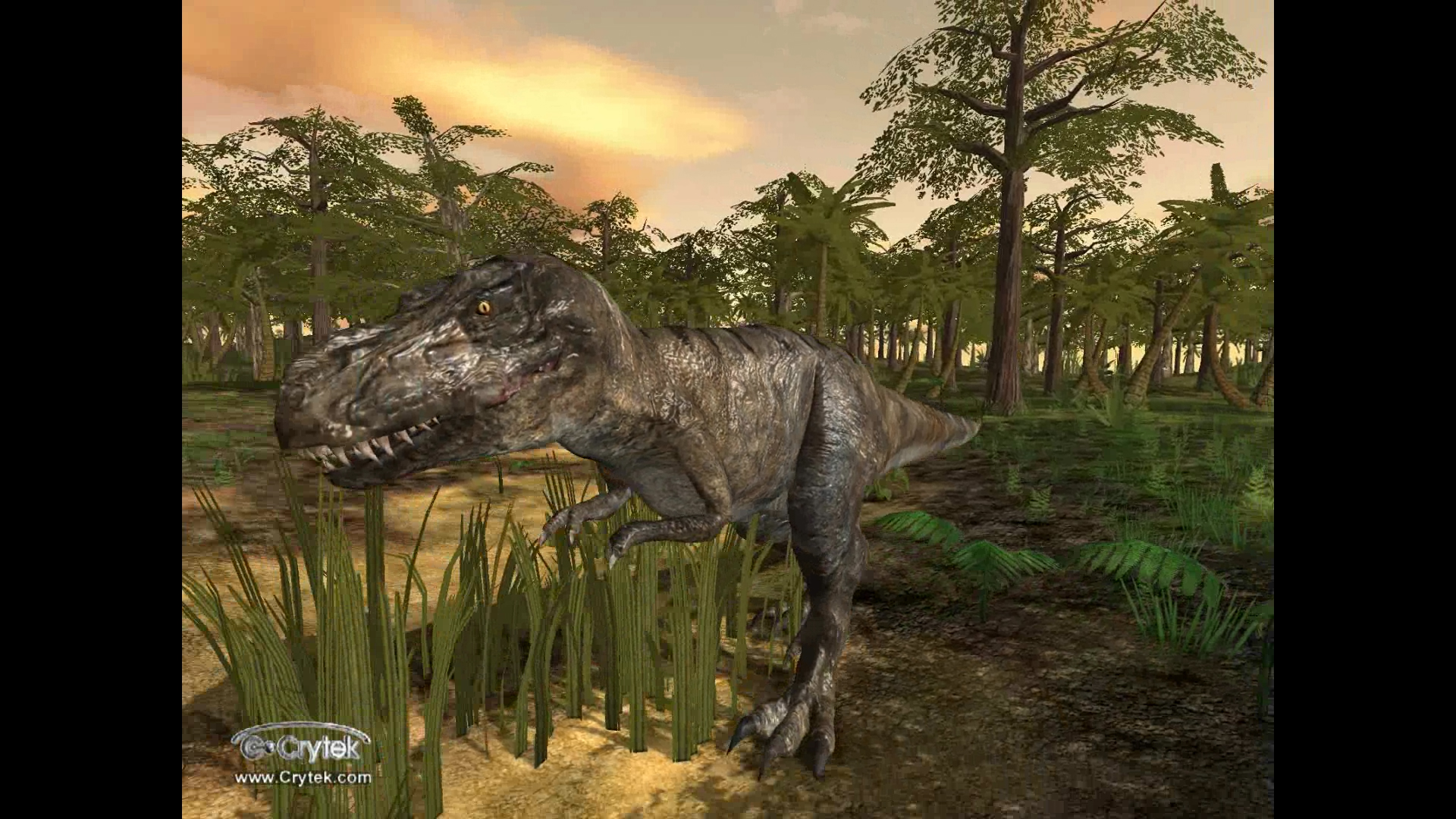
After all, every kid has wondered what it would be like to experience one of these gigantic, majestic creatures. They capture the imagination of everyone who thinks about them and we could see the potential for how powerful VR could be in realizing encounters with these amazing beasts. In the same timeframe that we were exploring these ideas, there was a great documentary about the Mars rover, and it just clicked for us - yeah, dinosaurs in space!
Drawing inspiration from pulp comics of the 1960s and '70s, the story evolved organically as our dev and narrative teams worked together to create a universe and a story that would make for a great experience in VR. The team took inspiration from a century of science fiction to create an adventure story about a boy marooned on an extrasolar planet, with the most obvious influence immediately apparent in the game's title: Robinson Crusoe by Daniel Defoe. But inspiration often came from the most unlikely places.
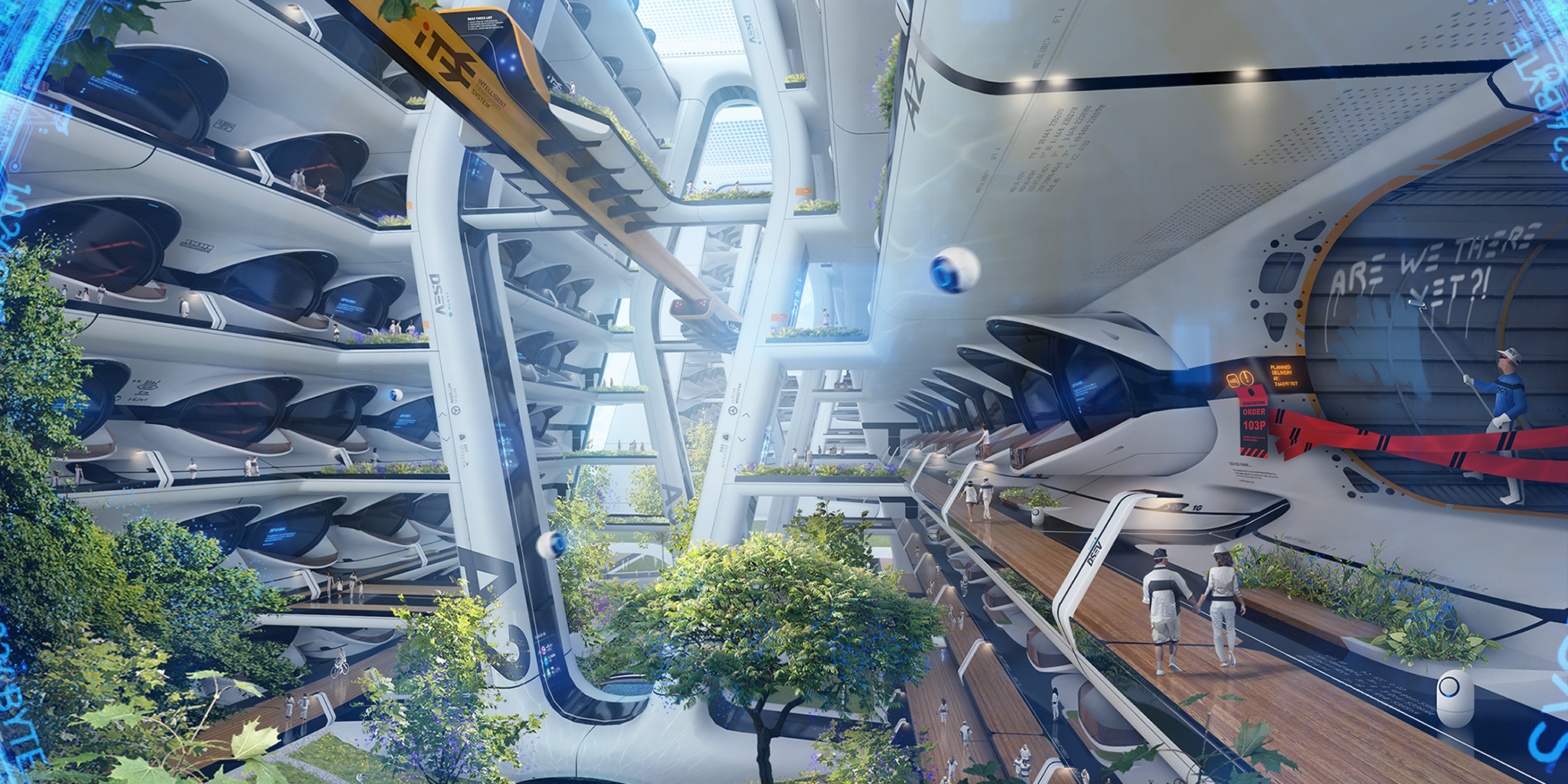
For example, the design of the Esmeralda—the intergenerational space ship where Robinson's protagonist grows up—was in part inspired by luxury cruise ships. Most people think of the kind of ships you see in Star Trek when they think of spaceships. But our design team instead looked to old luxury liners for inspiration for the Esmeralda because we thought people who are going to live on a ship for generations are going to want to be comfortable.
But ultimately, it was the VR medium itself that had the most influence on the game, and the opportunities of the technology shaped gameplay decisions, too. VR really lends itself to exploration. When you're in VR, you want to look around and explore the world. So we based the gameplay on those natural desires. It was just another aspect of the game that developed organically for us. In the role of Robin, players will explore a new world, solve puzzles, and search for information about the crash that has left a boy stranded on the planet Tyson III.
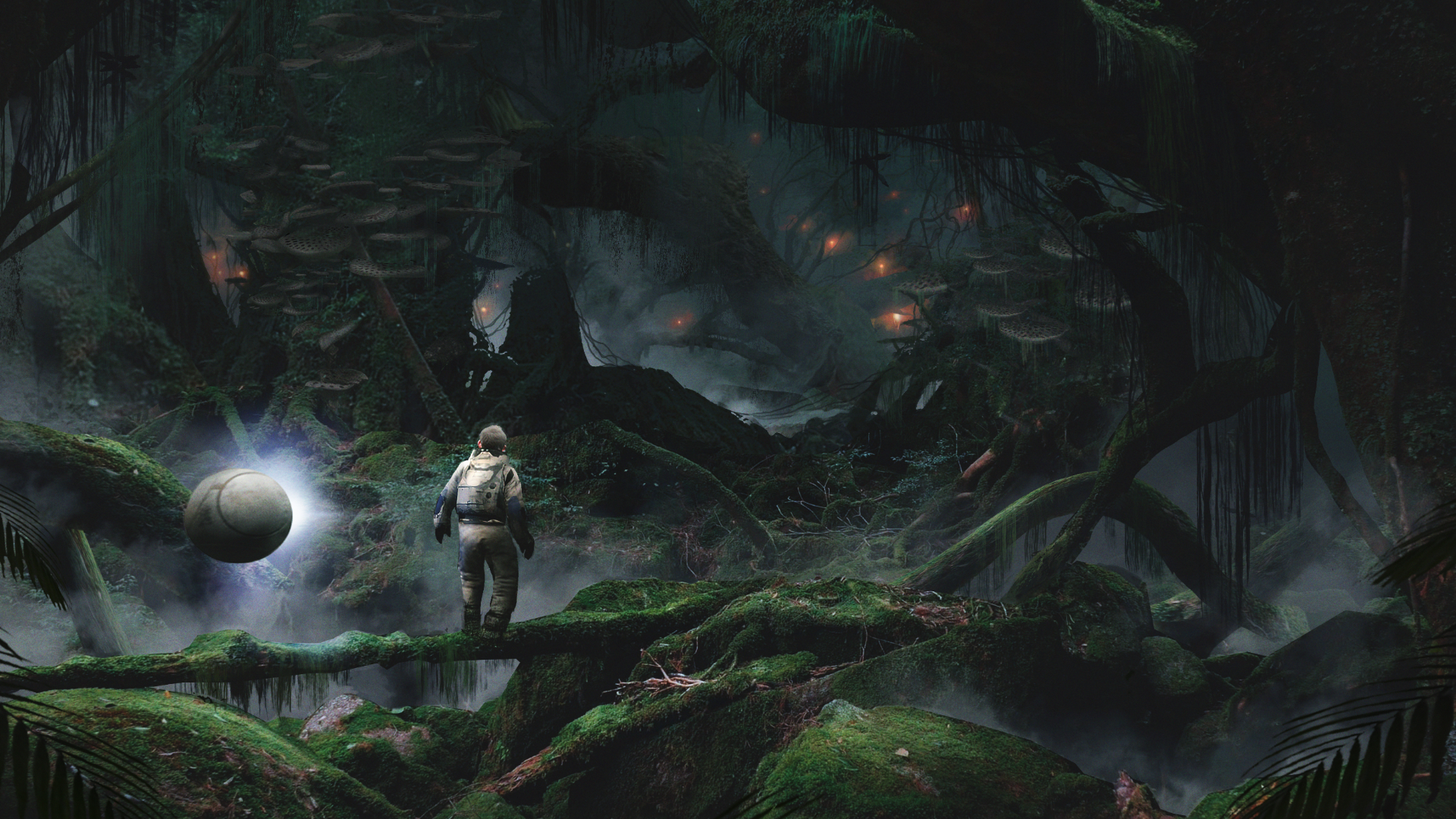
While players will find themselves in some dangerous situations, we have taken guns and battle out of the equation. This has changed the way we thought through the design. It is rare for us – and many other developers - to think through design options without using gun mechanics. However, the team's intimate knowledge of first-person gameplay, rooted in experience with Crysis, helped and inspired them as they worked on Robinson. For example, it influenced the team's decision to make Robinson a first-person perspective game. We leveraged our strengths in creating overgrown foliage and jungle environments. The hallmarks of so many Crytek games – beautiful worlds with sandbox gameplay and highly immersive living environments - are best experienced from the first person perspective, and in VR provide a real since of presence. Development has been a labor-of-love and an exhilarating challenge, but one that has been incredibly rewarding for the team. We hope it will be as rewarding for you when Robinson: The Journey launches for PSVR.
